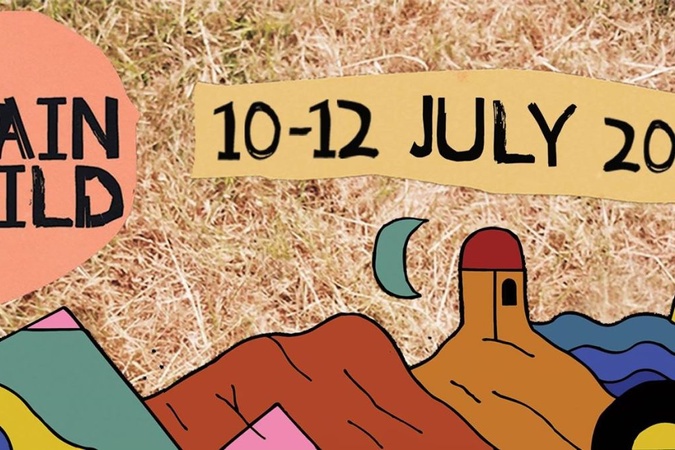Friday 10 Jul 2015 at 00:00
Our editors, Anu and Lina, gave a talk at Brainchild Festival about establishing the power of music, making the audience more conscious of its potential. They spoke about the difference between active and passive listening, exploring notions of culture and cultural exchange. Through active listening we are able to engage with experiences which are being narrated through music.
The audience were taken through 8 tracks by artists like Fela Kuti, Lethal Bizzle, Foster the People, and Fatima At Qadiri, creating a dialogue about how we experience and engage with music in an age of mass distribution.
Some extracts from the talk:
‘Transmissions are timeless; they travel to us from the past, the present and the future. Sometimes all these moments are embodied in a single moment. We are able to relive historical periods sonically and experientially, without us ever having to be there. Alternatively, transmissions could be viewed as the sharing or mutual enjoyment of sonic experiences between bodies, in that the artist on the stage is sending sound waves to us, through us, and between us. [The musicians] are effectively territorializing space and creating a sonic field, in which they themselves and the audience have differentiated experiences that are all derived from a single sound.
In her track ‘Paper Planes,’ M.I.A creates a sensorial experience of the border. Her producers wanted to censor the sound, but she insisted the sound was a necessary part of understanding the violence of immigration policies. We are not naive to the fact that hip-hop and reggae have been taken from the margins and are part of the mainstream. The artists themselves have some agency in this process. They are using this popular commodification to sell their work. They transmit a message that is palatable to a wider audience, but not at the expense of their message, which is exemplified by their own struggles with their record labels.
The transportation of music around the world has become incredibly easy thanks to the internet. Time and space becomes crushed and truncated. We don’t really get a sense of how removed we are geographically and culturally from a certain sound or experience. In a way we lose depth, but we gain width.
The word ‘exchange’ obfuscates the power dynamics involved in the process of music circulation. Music from the Western world is regarded simply as ‘music,’ whereas music from the rest of the world is studied in subjects like ethnomusicology, suggesting that music from the rest of the world can be collapsed into a single category, the category of the ‘exotic,’ ‘novel’ and ‘new.’
Perhaps one of the most successfully transported genres has been hip-hop, recognised most obviously by the MCing and the beat. To a lot of people around the world, hip-hop is viewed as a folk music of resistance. If it weren’t for the adaptability and sense of ownership that artists feel they can have with hip-hop, then collaborations such as this one between French-Chilean musician Ana Tijoux and Palestinian singer and MC Shadia Mansour would not have been possible.
Ana Tijoux: ‘Hip-hop is the land of the people that does not have a land.’
Refugees, like Ana Tijoux and M.I.A feel like they can find a place and a voice in hip-hop. Given their positionality as refugees, and the messages they transmit through their music, it is evident that music for them is a political endeavour.’



